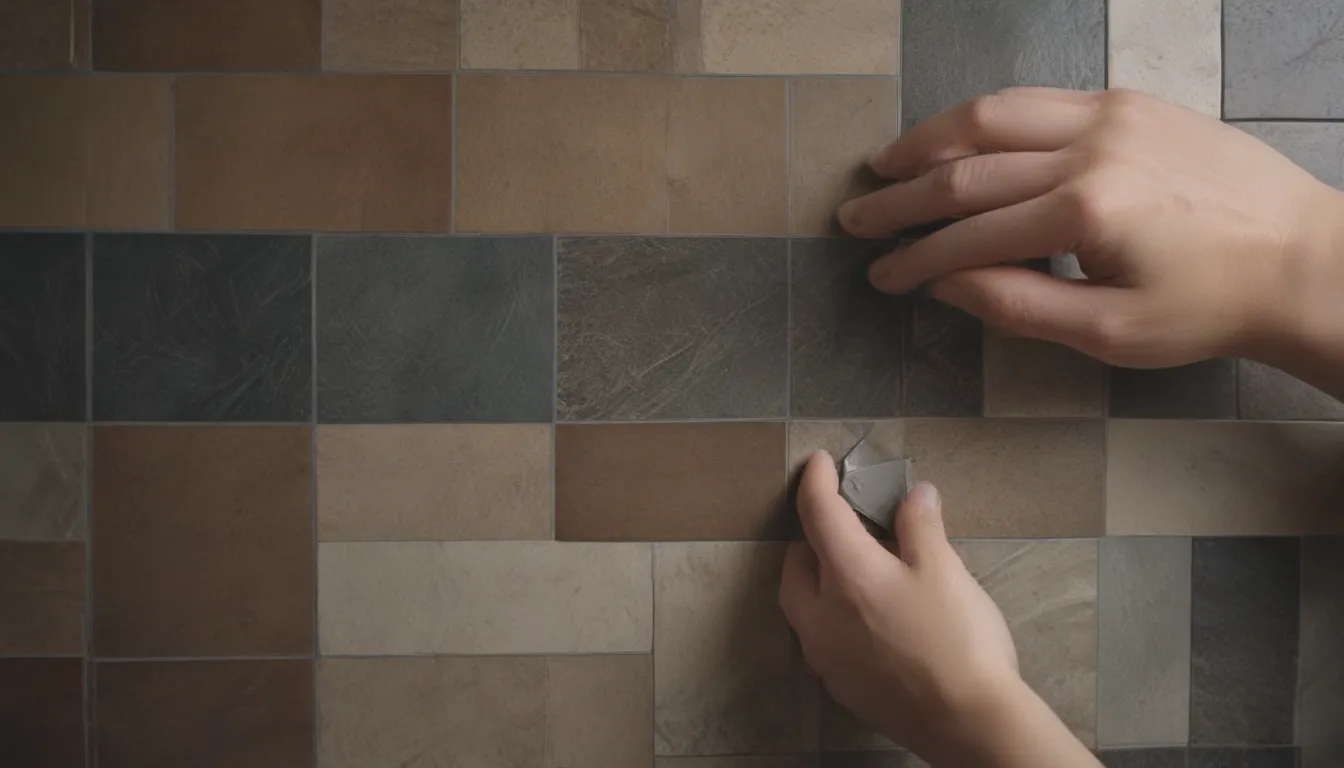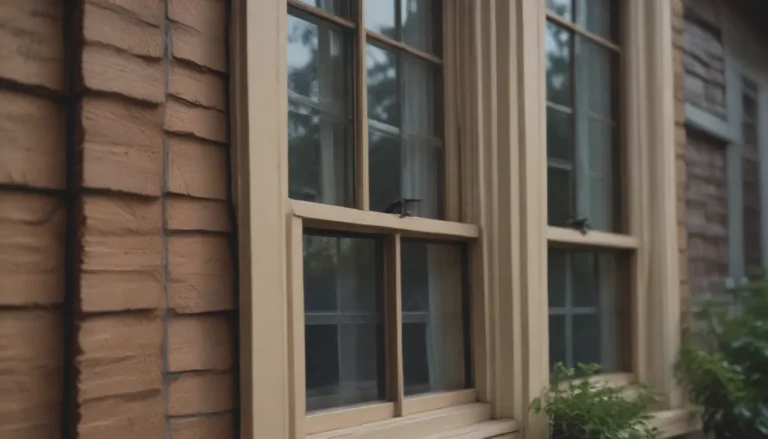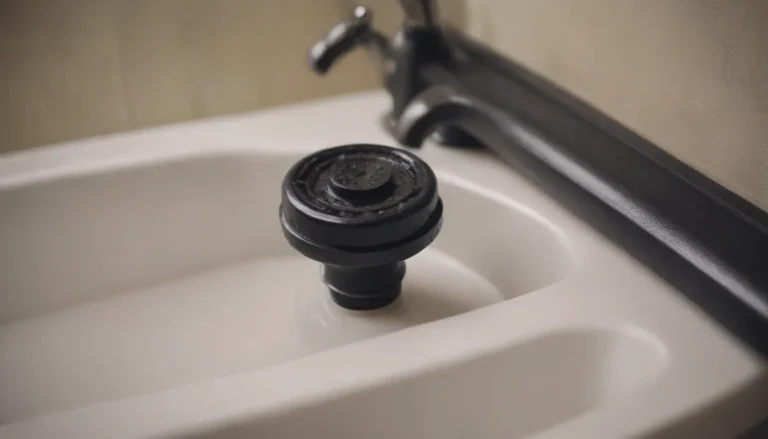The Ultimate Guide to Tiling: Tips and Troubleshooting for DIY Enthusiasts

Are you considering taking on a tiling project in your home but feeling a bit overwhelmed at the thought of it? Don’t worry, you’re not alone! Many DIY enthusiasts find themselves intimidated by the idea of laying tile, especially if they’ve never done it before. But fear not, with the right tips and tricks, you can tackle tiling like a pro and achieve beautiful results in your home.
Understanding the Basics of Tiling
Tiling may seem simple when you watch experts do it on TV, but the reality is often quite different. Here are some key things to keep in mind before you start your tiling project:
- Laying tile is easy, but laying tile well takes skill and precision.
- Tiling can be time-consuming, especially for beginners.
- It’s essential to have a good substrate or subfloor to ensure your tiles lie flat.
- Taking on smaller projects like backsplashes can be a good starting point for beginners.
Essential Tips for Successful Tiling
Here are some valuable tips to help you improve your tiling skills and achieve professional-looking results:
Consider Room Size
- Smaller projects are easier for beginners to tackle.
- Larger projects require extra time and attention to ensure even tile installation.
Start With a Good Substrate
- A solid subfloor is crucial for a successful tiling project.
- Use OSB subflooring to provide a stable base for your tiles.
Reduce Injury
- Protect your knees and back by using tiler’s knee pads.
- When mixing thinset, add a handle to your drill to prevent wrist injuries.
Use Pre-Mixed Thinset
- Pre-mixed thinset saves time and eliminates the need for precise water-to-thinset ratios.
- Consider using dry thinset for cost savings on larger projects.
Get Help With Diagonal Tiling
- Diagonal tile layouts can add visual interest to your space.
- Use diagonal spacing tools to achieve professional results.
Use the Right Tools
- Notched trowels are essential for spreading mortar evenly.
- A rubber grout float is ideal for spreading grout without scratching tiles.
Use Spacers for Tile Spacing
- Plastic tile spacers ensure consistent spacing between tiles.
- Spacers make the job easier and improve the overall quality of your tiling project.
Use the Right Backing Material
- High-moisture areas require special backing materials and grout-sealing techniques.
- Consider using waterproofing membranes like Schluter Kerdi for showers.
Advanced Techniques and Tools
As you gain more experience with tiling, you may want to explore advanced techniques and tools to enhance your skills.
Choose the Best Cutting Tool
- Wet tile saws and snap tile cutters are essential for cutting tiles to size.
- Position imperfect cuts strategically to hide them under baseboards or cabinet overhangs.
Purchase Extra Materials
- Always buy extra tile to account for breakage and future repairs.
- Having spare tiles on hand will save you time and frustration in the long run.
Remember, practice makes perfect when it comes to tiling. Don’t be afraid to experiment and learn from your mistakes as you work on your projects. With the right tools, techniques, and a bit of patience, you can become a tiling expert in no time. Happy tiling!





